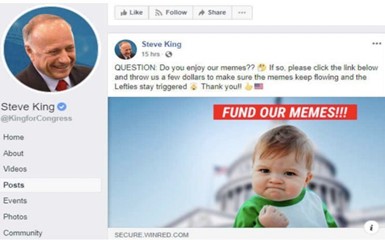Addressing the scope of a magistrate judge’s Article III authority, the US Court of Appeals for the Eleventh Circuit vacated a judgment and remanded the case for a new trial because the magistrate judge performed non-ministerial acts without obtaining proper consent. PB Legacy, Inc v. Am. Mariculture, Inc., Case No. 22-12936 (11th Cir. June 18, 2024) (Pryor, C.J.; Brasher, J.) (Jordan, J., concurring).
PB Legacy sued American Mariculture for trade secret misappropriation and other claims after PB Legacy failed to timely remove its shrimp from Mariculture’s facility, which Mariculture then used to start a competing company. During the trial, the district judge instructed that all arguments had to conclude by a certain date because of a scheduled flight. Although arguments ended on time, the jury engaged in extensive deliberations. On the day of the district judge’s flight, he proposed that the magistrate judge receive the jury verdict in his absence. The parties agreed to this arrangement without objection. The jury deliberations continued for three more days. During that time, the magistrate judge not only received the verdict and polled the jury, but also responded to several jury questions and denied Mariculture’s request for verdict clarification. The jury found in favor of PB Legacy. Mariculture appealed, contesting the magistrate judge’s exercise of Article III authority.
The Eleventh Circuit found that the magistrate judge improperly exercised Article III authority without proper consent. The Court clarified when a magistrate judge may exercise Article III authority, noting that while a magistrate judge’s performance of ministerial acts (such as receiving a jury verdict and polling a jury) do not require party consent, non-ministerial acts (such as responding to jury questions) do.
The Court also described how party consent is properly obtained. To avoid potential prejudice, consent for a magistrate judge to exercise Article III authority should be sought outside the presence of both the district judge and magistrate judge. Parties usually provide consent through a joint or separately filed statement, and district and magistrate judges are informed of a party’s consent only once all parties have agreed. In limited circumstances, consent may be implied when the parties are given advanced notice of the magistrate judge’s proposed Article III authority, are made aware of the need to consent, and voluntarily appear to try the case before the magistrate judge.
Against that background, the Eleventh Circuit addressed whether the parties consented to the magistrate judge’s acts in the current case. The Court found that although the district judge had notified the parties that the magistrate judge would receive the verdict in his absence, this act was a ministerial act that the magistrate judge could already perform without consent. However, the district court neither sought nor obtained the parties’ express consent for the magistrate judge to also perform the non-ministerial acts of responding to jury questions and ruling on a party’s request to have the jury clarify the verdict. Implied consent was also lacking because the parties were not given notice of need for consent or their right [...]
Continue Reading
read more

 Subscribe
Subscribe






